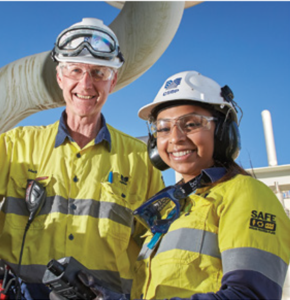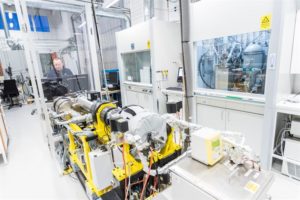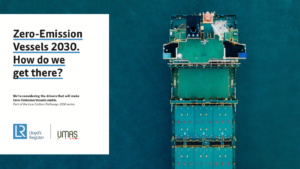Flattening the climate risks curve
The COVID-19 pandemic is a human tragedy of epic proportions. It directly affects the life and livelihoods of people all around the world as an unprecedented healthcare and economic crisis. It is clear by now that COVID-19 marks an inflection point or “black swan” event in history that will have a shaping influence on society and the economy for many years to come; a post COVID-19 era will begin. In the same way that the developing renewable energy industry significantly benefited from the economic stimulus packages to address the financial crisis of 2008/2009, we now have the opportunity to kick-start the next important phase of global CO2 emissions reduction through support of the developing CO2 Capture, Utilization and Storage (CCUS) & Clean Hydrogen Economy. Many of these clean technologies have been proven at industrial scale and implementation has started. Still, commercial projects will continue to need financial incentives for broad deployment that will enable accelerated technology maturation and reductions in project risk and cost. With the support from COVID-19 stimulus packages, the private sector will be able to execute CCUS & Clean Hydrogen projects in the near-term, secure and create jobs, grow the economy and mitigate the risk of “green swan” climate change events through significant CO2 emissions reduction.









